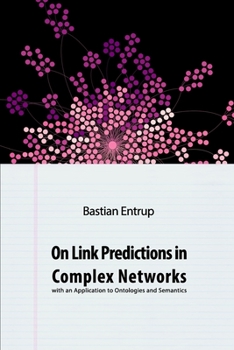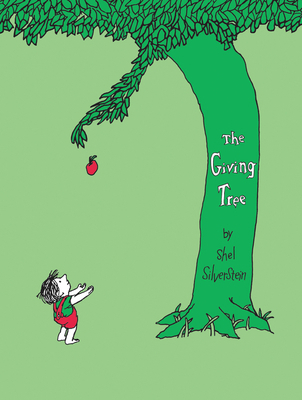On Link Predictions in Complex Networks : With an Application to Ontologies and Semantics
Select Format
Select Condition 
Book Overview
Networks naturally evolve all around us. They are often found in nature. For example, the neurons of the brain form networks, the blood circuit is a network, genes can be treated as a network, and so on. But not only natural organisms and structures take the form of a network. Human interaction takes the form of networks too, such as social networks, communication networks, transportation networks.Networks are suited to be used in these different tasks because of their robustness. Thinking of the network of streets in a city, there is a way from every point to any other point even if certain streets are closed. Thinking of the Internet, even if one undersea cable were malfunctioning, there would always be a route using another cable. In this sense, even the non-existence or a damage to one of the edges of a network does not jeopardize the whole network.Underlying the idea of treating language as a network is the assumption that language networks, just as many other kinds of human interaction and especially social networks or communication networks, evolve as a result of the working of the human mind that is network like. It has been claimed in this thesis that the similarities between the organization of the human brain and the human language are not a coincidence, but an isomorphism, where the organization of the first is reflected in the second. straight line of evolution has been made out in this thesis that connects the ideas of lexical fields, frame semantics, and lexical relations to ontologies used in information sciences and NLP. Furthermore, the distributional approaches are closely related to ontologies in the way they form networks and hence in the ways they can be treated mathematically. Starting with Frege and Leibniz, over Montague semantics, mathematical logics was introduced into the treatment of linguistics. Logic is also used to define ontologies and to infer meaning from ontologies. It seems therefore only plausible that since ontologies form networks and are based on logics, they should be treated in mathematical ways, using reasoning and graph theory.Ontologies have been found to be of very great use to many problems in NLP. But they have almost just as often been found to have major shortcomings: either their incompleteness due to the limitation given by their manual creation of their incompleteness or erroneousness due to an automatically extraction.Different ways have been proposed to extend or refine ontologies by (e.g., including data from other data or knowledge bases, or by parsing natural language and thereby exploiting the fact that syntax gives indications to relations expressed in natural languages and hence to the semantics of words or con- cepts). Most approaches are based on external unstructured data (i.e., texts). The term unstructured refers to the fact that the structure is not machine readable without further preprocessing. Texts and language of course follow a defined structure. This structure is so complex that automatic approaches, unlike the human mind, have problems to understand, identify, and use these structures. Lacking a thinking machine that understands language the way humans do, researchers have build sets of rules that have been found to express certain relations.Because of the difficulties arising from these approaches, this thesis looks at the network the data (i.e., the ontology) exposes. Both networks and ontologies suffer from the fact they many of them are incomplete and missing information. Therefore, the methods presented in this thesis are based on the mathematical foundation of graph theory as well as on findings made in different research fields such as computational social sciences that, when looking at social networks, some vertices are much more likely to be connected than others.
Format:Paperback
Language:English
ISBN:1548064351
ISBN13:9781548064358
Release Date:June 2017
Publisher:Createspace Independent Publishing Platform
Length:408 Pages
Weight:1.66 lbs.
Dimensions:1.1" x 6.0" x 9.0"
Customer Reviews
0 customer rating | 0 review
There are currently no reviews. Be the first to review this work.




















